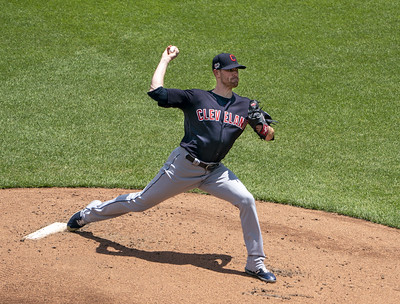This post is part of a series concerning the 2020 Modern Baseball Era Committee ballot, covering executives and long-retired players whose candidacies will be voted upon at the Winter Meetings in San Diego on December 8. For an introduction to JAWS, see here. Several profiles in this series are adapted from work previously published at SI.com, Baseball Prospectus, and Futility Infielder. All WAR figures refer to the Baseball-Reference version unless otherwise indicated.
He didn’t swing a bat, throw a pitch or write out a lineup card, but Marvin Miller had a greater impact on major league baseball than just about any man who ever lived. In 1992, former Dodgers announcer Red Barber numbered him among the three most important figures in the game’s history, along with Babe Ruth and Jackie Robinson. As executive director of the Major League Baseball Players Association from 1966 to ’82, Miller revolutionized the game, overseeing its biggest change since integration through the dismantling of the reserve clause and the dawn of free agency, thus shifting a century-old balance of power from the owners to the players. Miller helped the union secure a whole host of other important rights as well, from collective bargaining to salary arbitration to the use of agents in negotiations. During his tenure, the average salary of a major league player rose from $19,000 to over $240,000, and the MLBPA became the strongest labor union in the country. Yet both in his lifetime and since his death at the age of 95 in 2012, petty politics has prevented him from receiving proper recognition via enshrinement in the Hall of Fame — so much so that Miller, still feisty well into his 90s, took the unprecedented step of asking voters not to consider him.
Miller’s omission is particularly glaring in light of the extent to which the 21st century small-committee processes have honored nonplayers — executives, managers, and umpires — to a much greater degree than players. To some degree that’s understandable, given that the former group has have no other route into Cooperstown, unlike the post-1936 players under the purview of the BBWAA. Nonetheless, the contrast stands out; setting aside the 2006 Special Committee on the Negro Leagues, the count since 2001 is 15 execs, managers, and umps to seven players (four in the past two years). None of those people, from commissioners Bowie Kuhn and Bud Selig and owner Walter O’Malley on down, put their stamp on baseball to a greater degree than Miller. Somewhere within this mess is the galling reality that even the Hall of Fame players who benefited from the changes he wrought, who make up the largest portion of the committee process — and particularly who formed the vast majority of the electorate via the enlarged Veterans Committees from 2003-09 — have utterly failed in their capacity to honor him. Reggie Jackson, one of the earliest beneficiaries of free agency, never struck out in more embarrassing fashion than when he told reporters in 2003, “I looked at those ballots, and there was no one to put in.” Read the rest of this entry »

 Dan Szymborski
Dan Szymborski